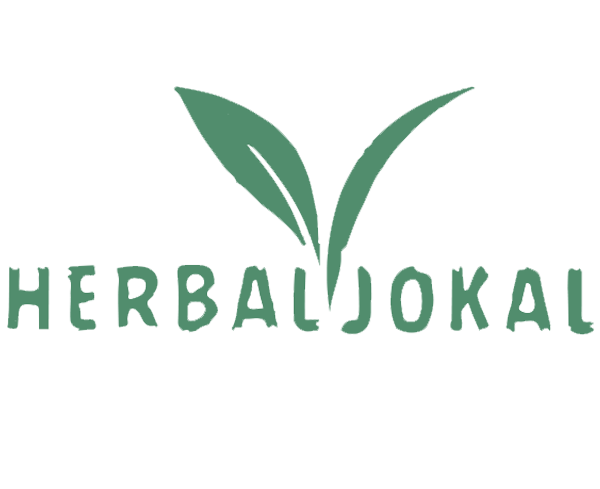Licorice extract
herbal preparations
Any process that transforms herbs and spices into more marketable products can be called processing.
Even the production of final products such as tea or packaged medicinal plants is also a form of processing, but in the medicinal plant industry, the term processing has a more specific meaning.
It means that the processes that the products need after leaving the dryer are defined
ways of preparation:
The purpose of these processes is to increase the value of the product and for this, they use methods Medicinal plants can be consumed in different ways. Choosing the preparation method for medicinal plants depends on various factors such as:
- the type of plant
- the degree of softness of its tissue
- the type of effective substances present in the plant
- the available tools and facilities
- the place and type of consumption of the plant (edible or topical).
Common methods of preparation of medicinal plants:
Brewed: One of the most common ways to use medicinal plants is to brew them. For this purpose, boil the water, turn off the flame, add the desired herb to the boiling water and expose it to indirect heat such as a kettle. The best example is herbal tea.
Depending on the type of plant, the brewing time varies from ten minutes to half an hour, and in some cases, it reaches an hour. This method is suitable for preparing plants with essential oils and thin tissues such as leaves and flowers. Herbal infusions can be used for up to one day
Boiled: In this method, the plant is poured into cold water and placed on heat until it becomes hot and boils and continues to boil for some time, then the flame is turned off and the plant solution is placed on indirect heat until the plant is boiled.
This method is suitable for preparing plants with hard tissue such as roots and tree bark. Decoctions may be used as they are or undergo further processing to produce plant products
Vegetable oil: Vegetable oils are very suitable for topical use on the skin and are usually not used orally. To prepare vegetable oils, chop the desired plant and place it in a dry and clean glass container, then add liquid oil (preferably sunflower) to the extent that the oil covers about a finger above the surface of the plant.
Tincture (soaking in alcohol):
The tincture is prepared by soaking the plant in 25% ethyl alcohol. To prepare the tincture, chop the plant and put it in a glass container. For every 200 grams of dried plant or 600 grams of the fresh plant, add one liter of 25% alcohol to it, then close the container and place it in a cold and dark place.
Capsules: Some herbs can be dried and powdered and put in gelatin capsules and consumed.
Freeze drying: This is a technique for extracting water using changes in pressure or volume and is used for medicinal plants that lose their color, aroma, or taste by drying with heat. The most common products of this method are onions and parsley.
Extraction of essential oil: a steam distillation machine is used to extract essential oils from medicinal plants and spices. Triple distillation means that this process has been done 3 times to remove certain impurities. Distillation means that special temperatures are used to separate essential oil components.
- Another product of medicinal plants is the extract. The extract is a solution that contains all the useful substances of a plant such as mucilage, tannin, vitamins, and its salts. Extracts may contain various solvents such as alcohol, oil, and water.


